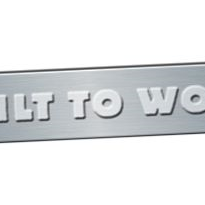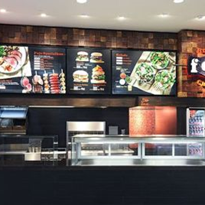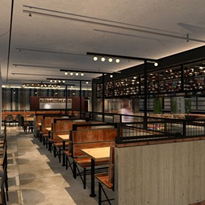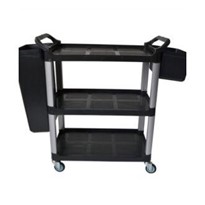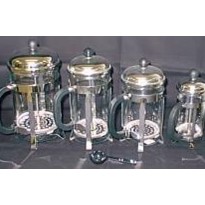Once upon a time, it was common to tip your waitress with whatever spare cash you had in your pocket, but that seems as though it’s a distant memory from a different lifetime.
In today’s world, if you don’t have Eftpos or digital payment methods at your checkout, you’re losing a ton of business. There are no two ways about it, that’s just the way it is. Although some small businesses still prefer cash, thriving businesses have gone digital to have everything streamlined and integrated or have a combination of the two.
Not only do digital payment methods cut out hours of manual work to reconcile, but contactless payments are also more hygienic – a trend that has been exacerbated since the Covid19 Pandemic.
Going digital offers many benefits for both customers and businesses, but it also poses some challenges. In this article, we explore what Eftpos is, why it’s important, how it works, as well as its pros and cons.
What Is Eftpos?
Eftpos is an Electronic Fund Transfer at the Point Of Sale. It’s a way of paying for goods and services without using physical money. Instead, customers can use various forms of electronic money, such as:
- Bank cards: Credit cards and debit cards are the most common and widely accepted forms of cashless payment globally. They are convenient, secure, and often offer rewards or discounts for using them.
- Mobile wallet applications: These are apps that allow users to store, send, and receive money on their smartphones. Some examples are PayPal, Venmo, Apple Pay, Google Pay, etc. They are quick, functional, and often integrated with other services or platforms.
- QR codes: This is a type of barcode that can be scanned by a smartphone camera to access information or perform an action. For example, customers can scan a QR code to pay their bill.
- NFC technology: This stands for Near Field Communication, a wireless technology allowing devices to communicate when they’re close to each other. For example, customers can tap their NFC-enabled card or phone on a reader to pay for their food.
How Does Eftpos Work?
Eftpos uses digital platforms and devices to facilitate transactions instantly. For example:
- The customer arrives at the restaurant and scans the QR code or taps their phone on the reader to order their food.
- They can either pay for their food at the time of ordering or have their meal cost linked to the table they’ve ordered from.
- The customer pays using their phone or online platform and receives an instant electronic receipt.
What Are The Benefits Of Eftpos?
Eftpos offers many advantages for both customers and businesses, creating a win-win scenario for everyone.
- Security: Cashless transactions reduce the risk of theft, fraud, or loss of money. Customers don’t have to carry cash or worry about losing it. Businesses don’t have to store cash or deal with the risks and costs of handling cash. It’s a security win-win!
- Service: Cashless transactions speed up the payment process and reduce human errors. If you’re using digital menus with a pay-on-order system, a customer never needs to worry about their order being taken incorrectly. Customers don’t have to wait for change or count their money. And businesses don’t have to handle cash or reconcile it at the end of the day.
- Convenience: Cashless transactions simplify ordering, allow a customer to order what they want and not base it on how much cash they have on them at the time, and get more flexibility in their order. And businesses know they are reducing food waste and employee time with automated systems.
- Loyalty: Cashless transactions can enhance customer satisfaction and loyalty by offering rewards, discounts, or personalized offers. Customers can earn points or cashback for using their cards or apps. Businesses can collect data and insights on customer behaviour and preferences.
What Are The Challenges Of Going Digital?
Going digital in hospitality can also pose some challenges for both customers and businesses, such as:
- Cost: Cashless transactions can sometimes mean a business has to pay processing fees or service fees. To combat this, some businesses add a surcharge for using digital payment methods.
- Accessibility: Cashless transactions can exclude some customers who don’t have access to digital payment methods or devices. Customers may not have a bank account, a card, a smartphone, or an internet connection. Businesses may not have the infrastructure, equipment, or training to accept digital payments. So it’s a good idea to keep cash payments as a backup option on these rare occasions.
Conclusion
Digital payments aren’t just a growing trend. The future IS digital. You either need to buckle up for the ride or stay a small business for as long as cash is still accepted. Sure, there are some challenges that come with relying on technology to power your business, but the benefits you get from transitioning far outweigh the small challenges you’ll face along the way.




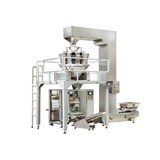
-160x160-state_article-rel-cat.png)



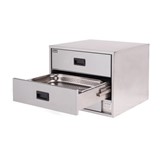

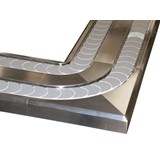
-205x205.jpg)
